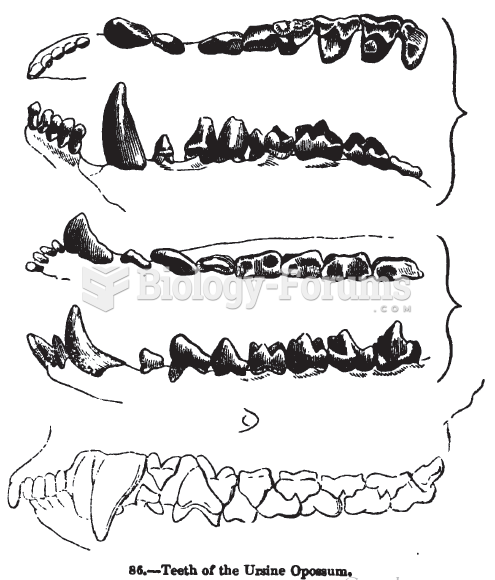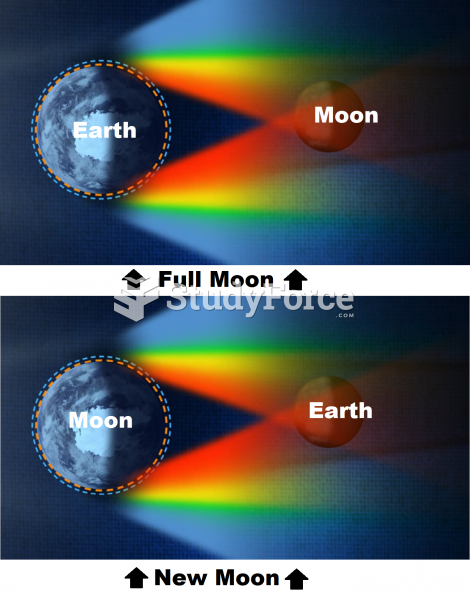Answer to Question 1
The history of Earth's moon since its formation is dominated by a single fact-the Moon is small, only one-quarter the diameter of Earth.The Apollo moon rocks are the source of information about the timing of events during the Moon's history. For example, they show that the Moon must have formed in a mostly molten state. Planetary geologists now refer to the exterior of the newborn moon as a magma ocean. Denser materials sank toward the center, and low-density minerals floated to the top to form a low-density crust. In this way, the Moon partly differentiated.The second stage, cratering and basin formation, began as soon as the crust solidified, and the older highlands show that cratering was intense for approximately 0.7 billion years-during the heavy bombardment at the end of the Solar System's period of planet building. The Moon's crust was shattered, and the largest impacts formed giant multiringed basins hundreds of kilometers in diameter.The third stage, slow surface evolution, was limited both because the Moon cooled rapidly and because it lacks water. Flooding on Earth included water, but the Moon has never had an atmosphere and thus has never had liquid water. With no air and no water, erosion is limited to the constant bombardment of micrometeorites and rare larger impacts.
Answer to Question 2
Wherever you go on the Moon, you will find craters. The highlands on the Moon are marked heavily by craters, but the smooth lowlands contain fewer craters. The craters on the Moon were formed by impacts, as evidenced by their distinguishing characteristics such as shape and the material (ejecta) they have spread across the Moon's surface.The highlands are composed of low-density rock, for example, anorthosite, a light-colored rock that contributes to the highlands' bright contrast with the dark maria and that would be among the first material to solidify and float to the top of molten rock. Many rocks found on the Moon are breccias, made up of fragments of broken rock cemented together under pressure.






